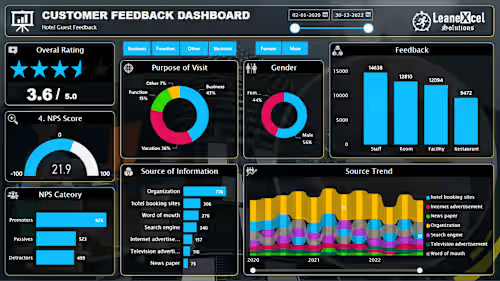
Graphs that Speak!!!
Contact for pricing
About this service
Summary
What's included
Customized Dashboards
Creation of interactive and visually appealing dashboards tailored to the client's data needs. Integration of key performance indicators (KPIs) for quick insights.
Visual Reports
Comprehensive visual reports summarizing data trends, patterns, and outliers. Graphical representations of key metrics to facilitate quick understanding.
Infographics
Design and development of infographics presenting complex data in a clear and engaging manner. Infographics that highlight key findings and statistical summaries.
Data Exploration Tools
Development of tools or interfaces for clients to explore their data interactively. Implementation of user-friendly features for filtering, sorting, and drilling down into details.
Interactive Charts and Graphs
Creation of dynamic and interactive charts and graphs to represent data relationships. Integration of tooltips and interactive elements for a richer user experience.
Data Storytelling Documents
Compelling narratives that accompany visualizations, providing context and actionable insights. Story-driven documents that guide the client through the data story.
Heatmaps and Geographic Visualizations
Utilization of heatmaps and geographic visualizations for spatial analysis. Identification of geographical trends and patterns.
Raw Data Files
Provision of raw data files used for analysis and visualization. Compatibility with common data formats (e.g., CSV, Excel) for easy access.
Analysis Code and Algorithms (Optional)
If applicable, sharing of analysis code and algorithms used in the data analysis process. Encouragement of transparency and collaboration for more technical clients.
Training Materials (Optional)
Development of training materials to help clients understand and utilize the visualizations. User guides or tutorial videos for effective usage.
Revisions and Edits
Inclusion of a specified number of revisions to accommodate client feedback. Collaboration for refining visualizations based on client preferences.
Example projects






